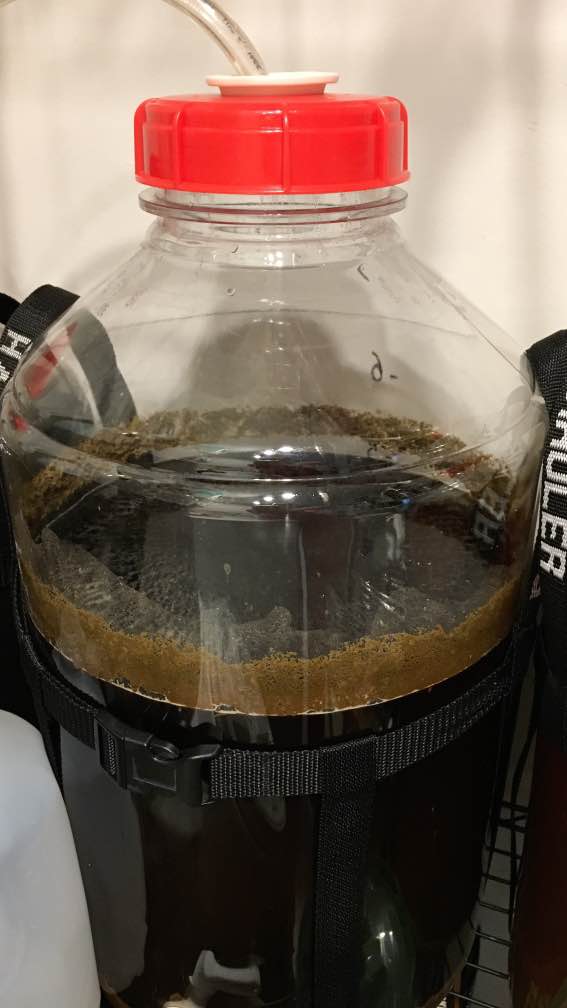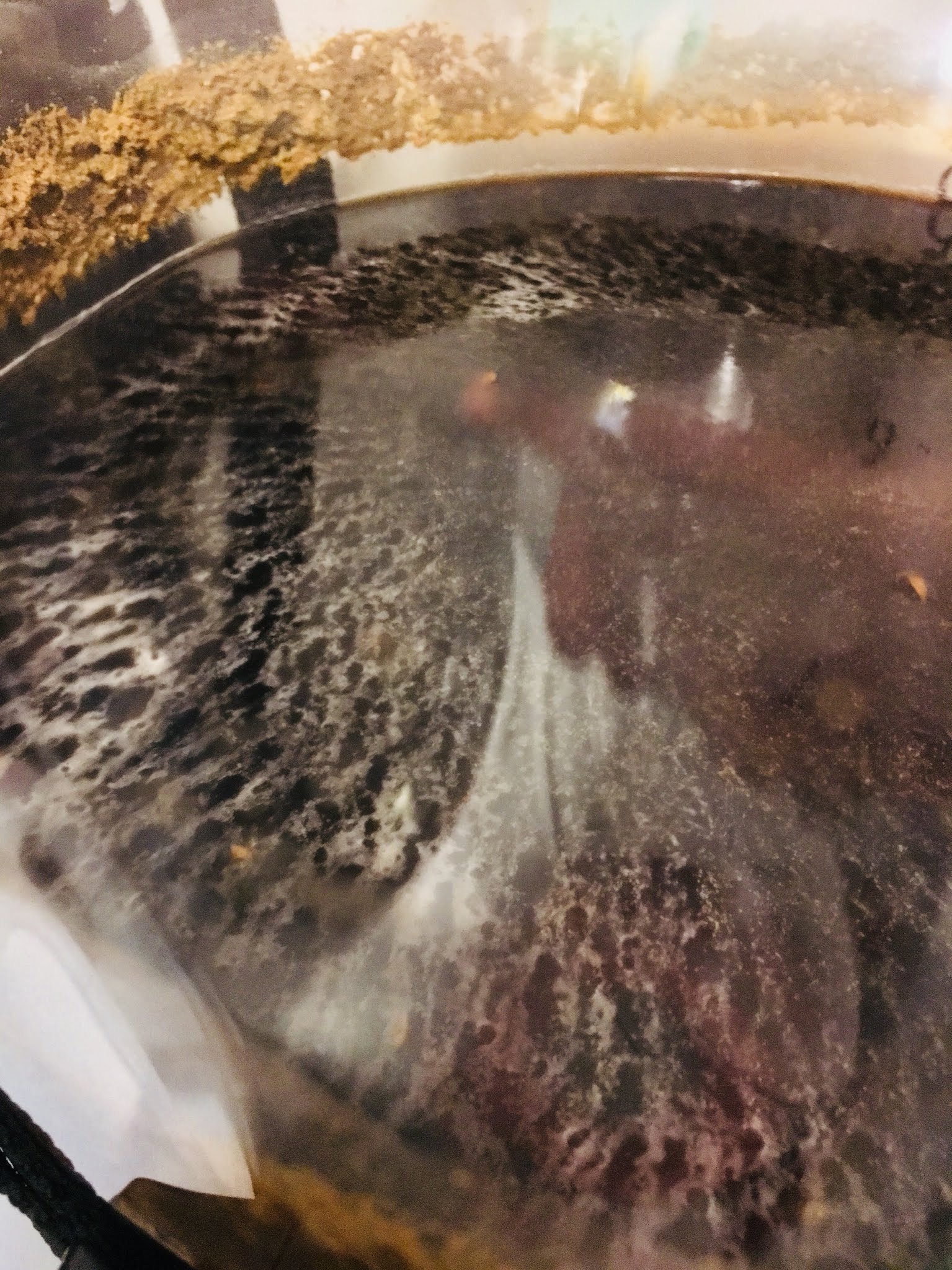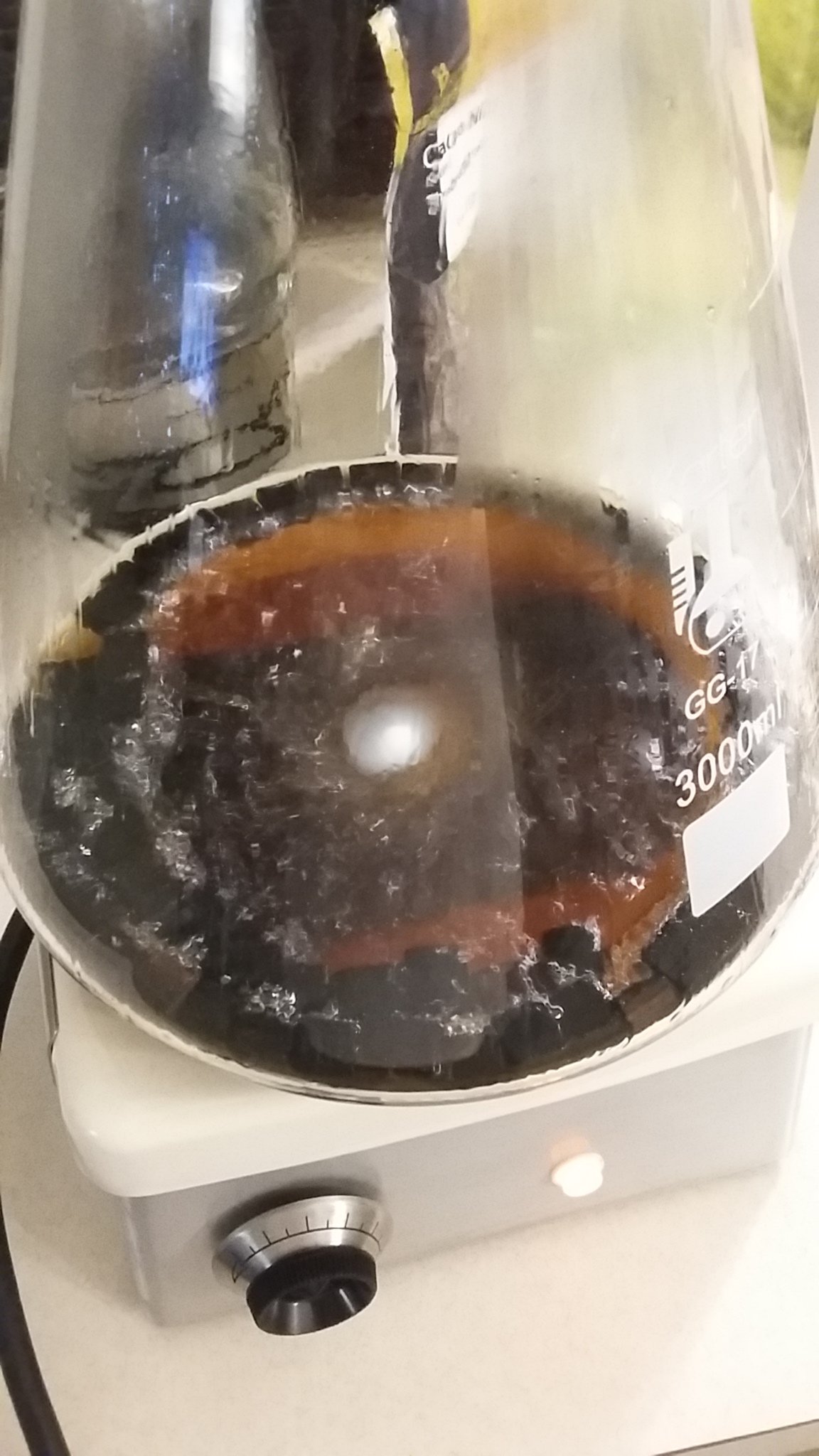I have had some damn good Belgium Quads and RIS that we’re 1-2 yrs and one that was seven years old. Most of the damn good Abbey Ale or RIS I have had were aged atleast 1-2 years. Just my .02
I brewed a 8% Old Rasputin that was good after a month. Still not a damn good beer I’m taking about 40+ BJCP kinda beer. My Old Rasputin scored 29. The Quad and RIS that I tasted that were aged were 40+ beers!
Just food for thought and to promote discussion:
Was it really the aging that made them better beers? I’d contest that. Not saying you didn’t make a great beer, just saying that if aging brings about a melding of flavors that’s desirable, then why not try to adjust so that it’s ready sooner?
I always try to plan a beer from a recipe, attenuation, ABV, etc. standpoint so that it will be the best possible version of that beer as rapidly as possible. For Trappist style ales in particular, I’ve had to buck some well established trends with regards to packaging, carbonation, and recipe.
Keep in mind that I don’t typically brew anything over 9% unless I go for a straight up Rochefort 10 clone.
Don’t take this post as argumentative or judgmental. I’ve just always been a bit iffy on the whole aging thing.
Final thought: Think of all the big beers you like, commercially speaking, and then realize that they don’t have to be aged for 1-2 years to be delicious. Granted I might sit on a boozy bottle of Rochefort 10 for a few months but when I get a bottle of Westvleteren or St. Bernadus, or big Imperial Stouts I can drink them right away and enjoy them.
I’ve always been concerned that aging in homebrewing means that someone could have changed something about thier brewing process to produce a beer that was ready for consumption quicker.
Just my thoughts.































![Craft A Brew - Safale S-04 Dry Yeast - Fermentis - English Ale Dry Yeast - For English and American Ales and Hard Apple Ciders - Ingredients for Home Brewing - Beer Making Supplies - [1 Pack]](https://m.media-amazon.com/images/I/41fVGNh6JfL._SL500_.jpg)



























